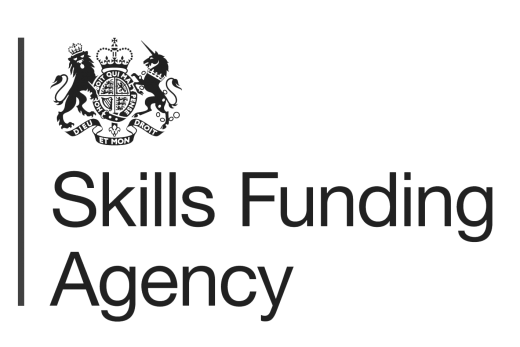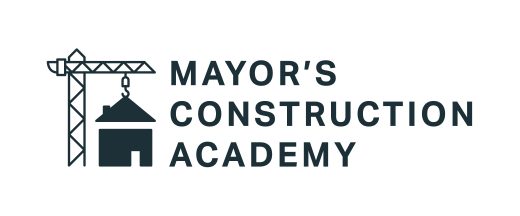Infection Prevention and Control Training
Infection Prevention and Control Training is essential in all industries, including construction. This course will help you to understand the risks of spreading infections , as well as the preventative measures that need to be put in place.
Introduction
Infection Prevention and Control Training is incredibly important. No matter what industry you work in, the risk of spreading infections in the workplace is ever-present.
Considering the time, money, and productivity lost from illness, it’s important that your employees are aware of the risks, so that they can keep themselves and everyone around them safe.
Learning Outcomes
- Understand how to break the chain of infection.
- Learn about what infections are, where they come from and how to prevent them.
- Build on your knowledge of personal hygiene, and the correct practises to reduce infection.
Course Structure
The course is broken down into 3 main sections:
- Infections
- The Chain of Infection
- Hygiene
Course Overview
The risk of infection is everywhere. From door handles and desks, to kitchens and keyboards. Once an infection contaminates a person, it can spread around an entire workplace in as little as two to four hours.
Responsibility lies with staff to be aware of the risks of infection and do what they can to help prevent the spread. Our Infection Prevention and Control training offers information on a variety of infections (including those that are most prevalent), how they spread, and who’s at risk. Most importantly, it offers guidance to prevent the spread of infections as much as possible.
Exposure to infection is rather incidental, meaning that it isn’t specific to any particular working practice. However, in the event that infection does occur, the Infection Prevention and Control course is particularly useful in managing the impacts, especially to those working in the Care Industry.
Useful resources - Workplace Posters:
Available in 28 languages
ALL INCLUSIVE
Machine translated* content is included for free with all of our popular courses.
It covers LMS navigation, course transcripts and test questions. If you don't see a course listed in the language you require, just let us know.
*Content which is not English may be machine translated and is for assistive purposes only. We cannot guarantee the accuracy of translations.
Infection Prevention & Control certificate
All of our courses end with a multiple-choice test to measure your knowledge of the material.
Infection Prevention and Control Training concludes with a 20-question multiple choice test with a printable certificate. In addition, short in-course questionnaires will guide you through the sections of the training, which are designed to reinforce learning and ensure maximum engagement throughout.
As well as printable user certificates, training progress and results are all stored centrally in your LMS (Learning Management System). This can be accessed at any time to reprint certificates, check & set pass marks, and serve as proof of commitment to ongoing legal compliance.
What does my certificate include?
Your Infection Prevention and Control Training Certificate includes your name, company name (if applicable), name of course taken, pass percentage, date of completion, expiry date and stamps of approval or accreditations by recognised authorities.
Please note, if you are using our course content via SCORM in a third party LMS, then we are unable to provide certificates and you will need to generate these yourself in your host LMS.
Why is Infection Prevention and Control Training important?
It's important that you comply with the law, as well as understand the ways in which it affects you in the workplace.
Infection Prevention and Control training is an essential component for strong Health and Safety practices across a number of work environments, such as:
- People who help others, such as care workers.
- People who work in education, particularly those who work closely with children.
- People who work with food.
- Those who work in agriculture, particularly those who work with animals.
- People who work in laboratories and especially those who work with the bacterial agents that cause infections.
The following legislative documents underpin this kind of training:





